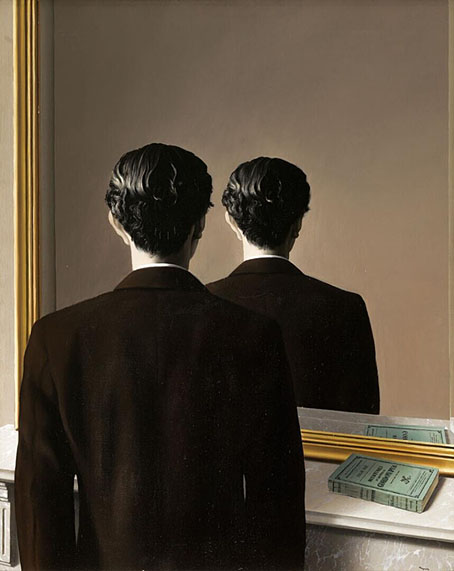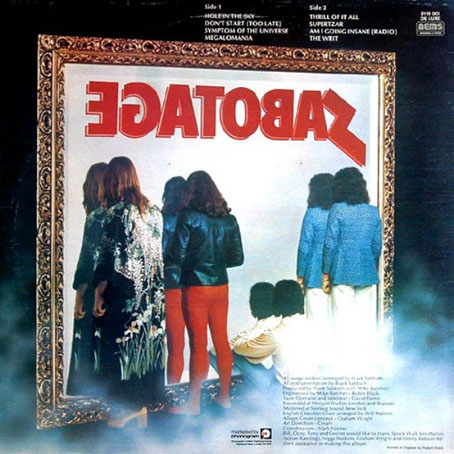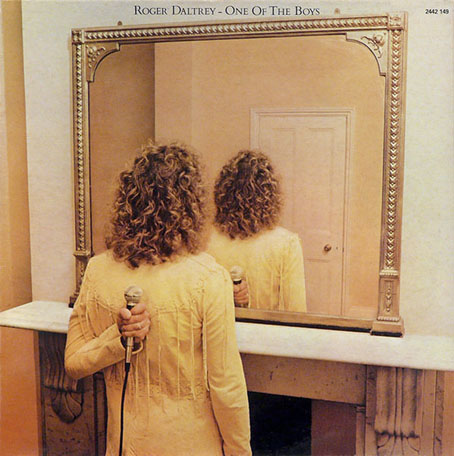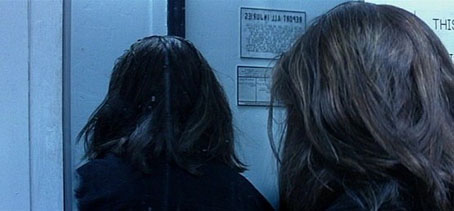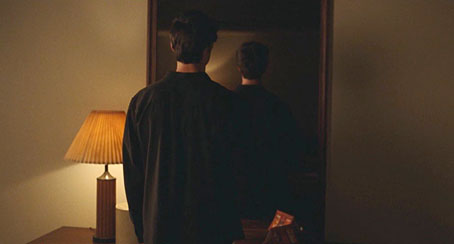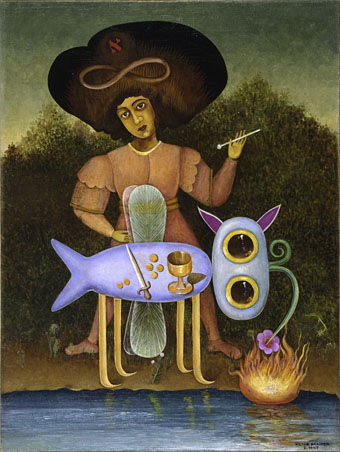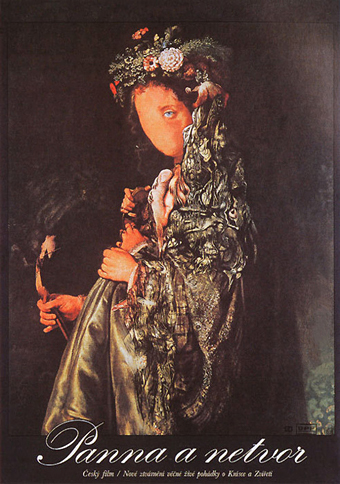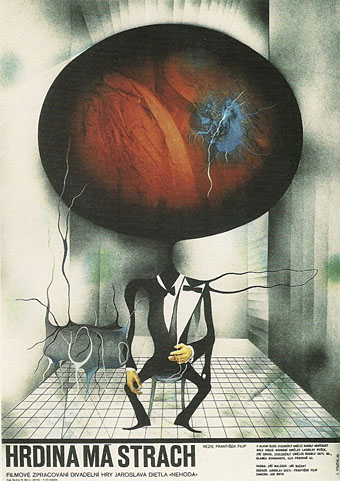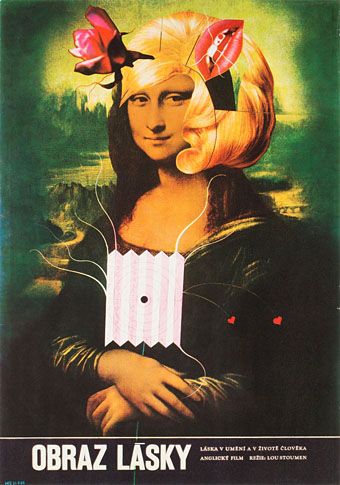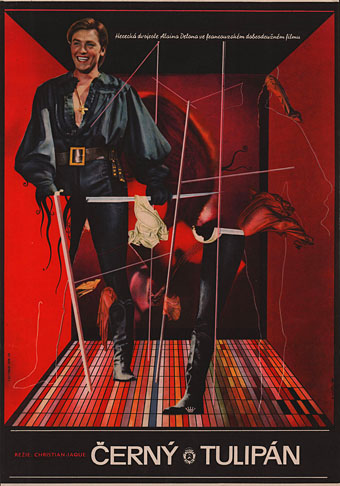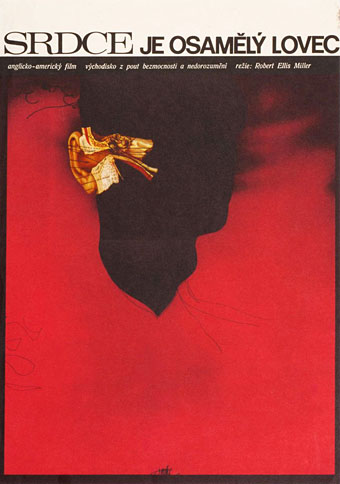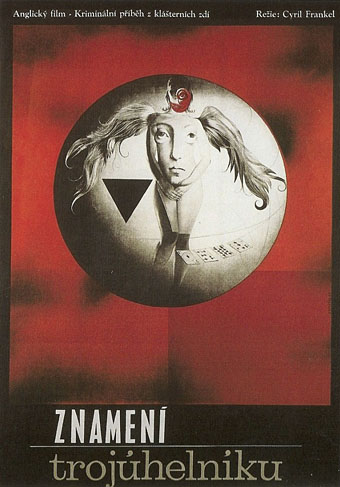An illustration by HB Ford for The Violet Fairy Book (1906), edited by Andrew Lang.
• New music: An Aesthetic – Experiments in Tape by Hawksmoor; Leylines (2025 remaster) by Aes Dana; A Fragile Geography (10th Anniversary Reissue) by Rafael Anton Irisarri.
• “Skoda Auto designers reimagine Ferat Vampire car from cult classic 1981 Czech horror film”.
• At Colossal: Chris Ware illustrates a postwoman’s day to celebrate 250 years of USPS.
Seen today, the failure of Sorcerer looks like a grim prophecy of where the film industry would be headed in the years to come. It signaled that the creative ambitions of the New Hollywood, and its indulgence of stubborn renegade auteurs, had been cast aside for a new and dispiriting blockbuster ethos. Decades later, that ethos is still with us: a Hollywood dominated by digitally smoothed, effects-encrusted moviemaking, where every backdrop looks fake (even the real ones) and action sequences carry no physical weight. It’s a wretched landscape, and Sorcerer positively towers over it. To watch the film now, from its electric opening moments through its gaspingly bleak denouement, is to encounter something more than just a magnificent ruin or an object of cultish reclamation: a thwarted masterwork that is thwarted no longer.
Justin Chang on the bleak magic of William Friedkin’s Sorcerer.
• At the BFI: The Red Shoes wallpaper by the film’s designer Hein Heckroth.
• All This Violence by Caspar Brötzmann Massaker.
• RIP Lalo Schifrin and Rebekah del Rio.
• The Strange World of…Jon Spencer.
• In Ultra-Violet (1983) by Cinema 90 | Violet Ray Gas (2009) by Violet | Violetta (2012) by Demdike Stare


